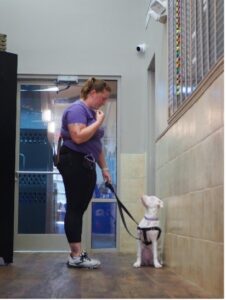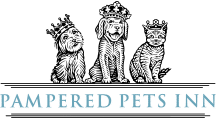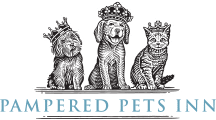 In our June article, we introduced the topic of Positive Reinforcement in training dogs. In recognition of Train Your Dog Month, we thought we would discuss its benefits and techniques a bit further.
In our June article, we introduced the topic of Positive Reinforcement in training dogs. In recognition of Train Your Dog Month, we thought we would discuss its benefits and techniques a bit further.
What is Positive Reinforcement (PR) training?
PR is the introduction of a pleasant stimulus after the desired action. PR training uses rewards (treats, praise, toys, anything the dog finds rewarding) for desired behaviors. Because the reward makes them more likely to repeat the behavior, positive reinforcement is one of your most powerful tools for shaping or changing your dog’s behavior. An example is giving your dog a treat when they complete a “sit” command.
Why is PR the most effective form of training?
Dogs increase the frequency of behaviors with pleasant consequences and decrease the frequency of those with unpleasant consequences. Since the only action taken is positive during training, it gives your dog the ability to gain many benefits from daily sessions. It gives room for mistakes by the handler and pet without adverse consequences that would lead to fear or aggression.
What are the benefits?
- Builds a stronger bond and trust between the dog and the handler
- Dogs learn to look forward to training
- Builds confidence
- Improves cognitive functioning
- Motivates the dog to make full connections between action and consequence
How can I implement PR training at home?
When practicing basic obedience, ensure you reward your pet’s behavior directly after they have completed it. This keeps the bond between positive stimulus and action strong so that it is more likely to be repeated. There will be times when your pet does something good, and you do not have a treat. That is okay! Use another form of reward, like praise and affection. For example, give your pet a belly rub and tell them they did a good job after they sit down or grab their favorite toy and play with them after they complete their down command. It is also important to stay consistent to clearly communicate the messages.
How do I discipline my dog with PR training?
The goal of positive reinforcement training is to reward the wanted behavior and ignore the unwanted behavior (negative punishment). Over time your pet will learn to understand what is expected.
Negative Punishment involves removing something of value as a consequence of bad behavior. Examples of this would be:
- Ignoring your pet when they jump on you.
- Walking away and ignoring your pet when they play bite.
You can also manage your environment to set your dog up for success. In the same way that people baby-proof their houses, there are things you can do to dog-proof your home. For example:
- Install a pet gate to keep your dog out of a room or going upstairs.
- Put the trashcan behind cabinet doors to keep your dog out of the garbage
- Ensure shoes are put up away from your dog so they don’t become chew toys.
If you are interested in learning more about our training program or refresh sessions, ask our concierges for a free training assessment. Our trainers will be happy to talk through your training goals so we can tailor a program that leads to success!

